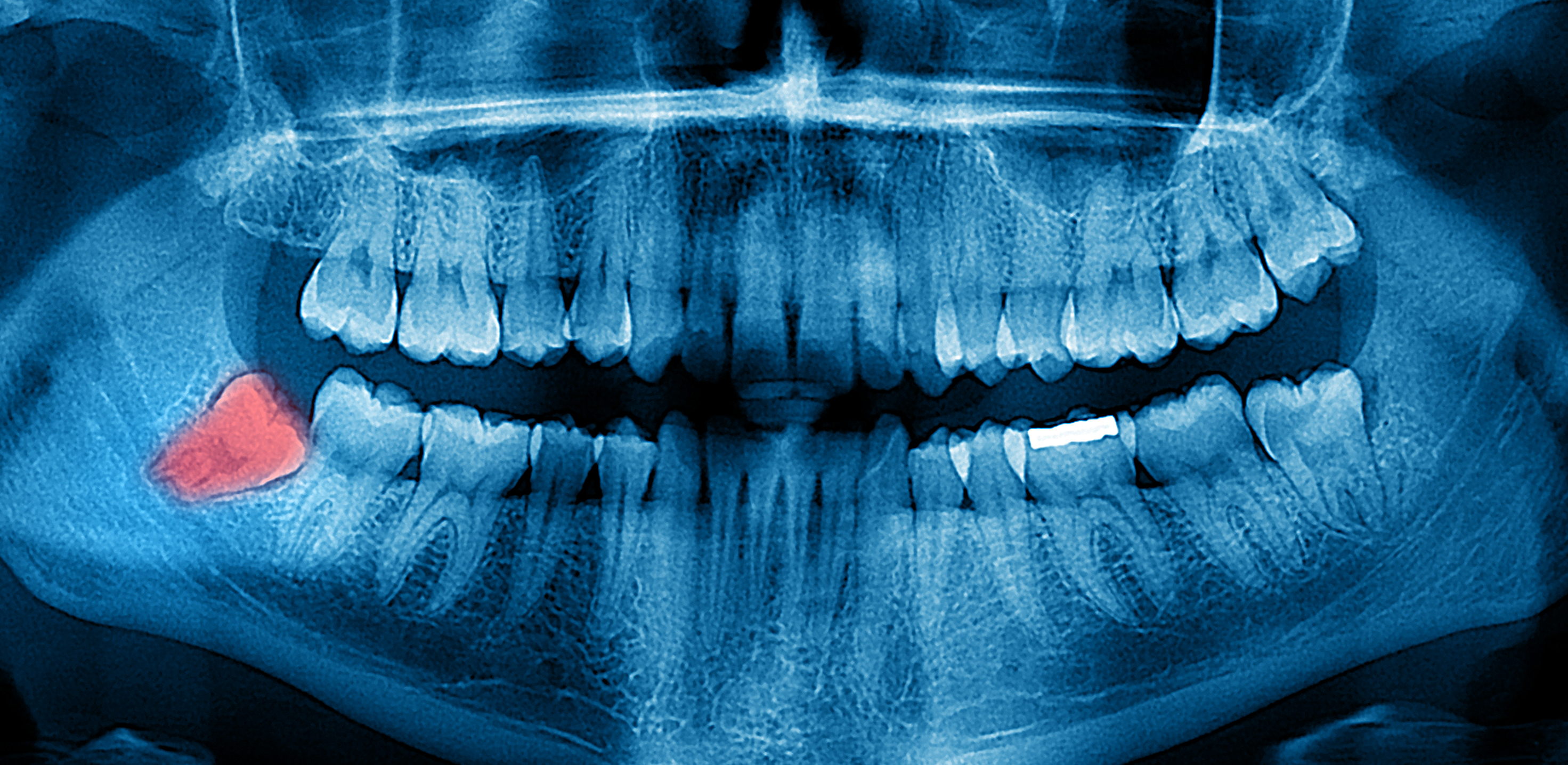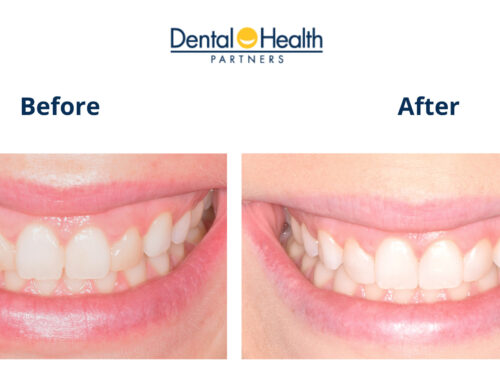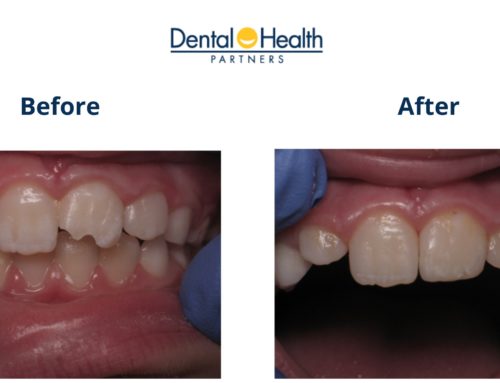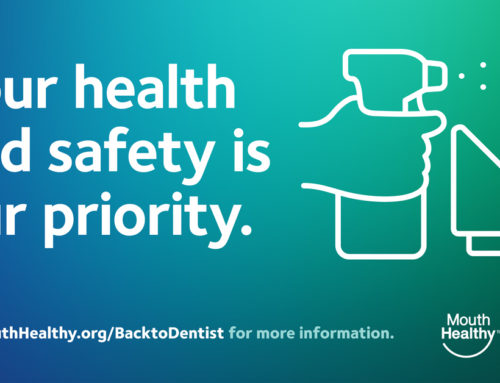You’ve just been told that you have to have your wisdom teeth removed. Why? Is the procedure painful? What are wisdom teeth, anyway?
People usually develop four teeth behind the molars on both sides of the upper and lower jaw. These are your wisdom teeth, and according to the American Dental Association (ADA), “they usually appear between the ages of 17 and 21.” Did you know that some people never develop wisdom teeth? In fact, 35% of adults having missing wisdom teeth, and for some, wisdom teeth erupt normally — just as their other molars did — and cause no problems.
No Pain, All Gain
If the tooth doesn’t have room to grow (it’s “impacted”). If you have pain, an infection or dental problems, you should see your dentist without delay — extraction may be necessary.
The procedure to remove wisdom teeth is done on an outpatient basis — you go home the very same day. You won’t feel any pain during the procedure. Of course, if you do feel something, you’ll be given more anesthesia, which will keep you comfortable from start to finish.
There are three types of anesthesia that could be used. Local anesthesia is injected near the site of the extraction. Your gums are numbed with a substance before you’re given the injection. You’ll feel some pressure during the procedure, but you shouldn’t experience pain. There’s also sedation anesthesia, which is done through an IV line. You won’t feel any pain and you’ll have little memory of the procedure. Lastly, there’s general anesthesia through an IV line and/or medication through your nose. Whether local, sedation or general anesthesia, you’ll be comfortable throughout the procedure.
The Procedure
Now let’s walk step by step through the procedure. According to the Mayo Clinic (https://www.mayoclinic.org/tests-procedures/wisdom-tooth-extraction/about/pac-20395268), your dentist or oral surgeon:
- Makes an incision in the gum tissue to expose the tooth and bone
- Removes bone that blocks access to the tooth root
- Divides the tooth into sections if it’s easier to remove in pieces
- Removes the tooth
- Cleans the site of the removed tooth of any debris from the tooth or bone
- Stitches the wound closed to promote healing, though this isn’t always necessary
- Places gauze over the extraction site to control bleeding and help a blood clot form where the tooth was removed
Recovery Do’s and Don’ts
If you received sedation anesthesia or general anesthesia, you’ll be taken to a recovery room. If you just had local anesthesia, your recovery time will be brief and in the dental chair. Once you’re fully awake, you’ll be okayed to go home. It’s recommended that you rest for the remainder of the day. The next day, you can resume normal activities, but for at least a week, avoid anything strenuous. Be sure to follow your dentist or oral surgeon’s instructions on replacing the gauze.
You want to be careful not to dislodge the blood clots in the first 24 hours. Avoid brushing your teeth next to the extraction site, rinsing your mouth, spitting excessively, drinking hot drinks, eating food that require chewing, using straws, smoking or drinking alcohol. If you chew tobacco, don’t use it for at least a week. Tobacco products can delay healing and increase the risk of complications. After 24 hours, gently rinse the mouth with antiseptic mouth rinse.
As for pain management, use an over-the-counter pain reliever like acetaminophen (Tylenol) or a prescription pain medication from your dentist or oral surgeon. Any swelling of your cheeks usually improves in a couple of days, although bruising may take a few more days. Ask your dentist or surgeon about using an ice pack.
Have stitches? They may dissolve within a few weeks. If they need to be removed, schedule an appointment with your dentist or oral surgeon.
These days, removing wisdom teeth is routine and pain free. If you’re having any discomfort from wisdom teeth, come talk to the team at Dental Health Partners in Cedar Rapids.






